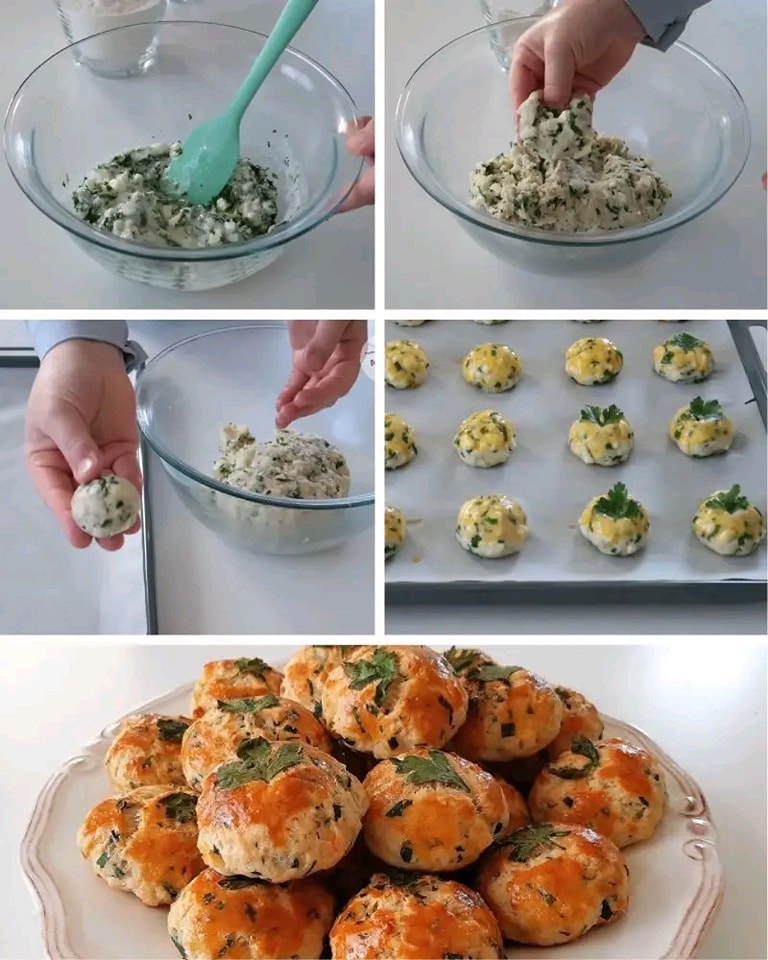1. Prepare the Ingredients:
- Make sure the butter is cold, and cut it into small cubes.
2. Mix Dry Ingredients:
- In a large bowl, combine the flour, sugar (if making sweet pastry), and salt.
3. Add Butter:
- Add the cold butter cubes to the flour mixture.
4. Cut in Butter:
- Use a pastry cutter, fork, or your fingertips to cut the butter into the flour until the mixture resembles coarse crumbs. You want small, pea-sized pieces of butter throughout.
5. Add Cold Water:
- Gradually add cold water, one tablespoon at a time, and mix until the dough just comes together. Stop adding water once the dough can be formed into a ball.
6. Form the Dough:
- Turn the dough out onto a lightly floured surface and knead it a few times until it comes together. Do not overwork the dough; you want it to be just combined.
7. Chill the Dough:
- Wrap the dough in plastic wrap and refrigerate for at least 30 minutes. This chilling process helps relax the gluten and makes the pastry easier to handle.
8. Roll Out the Pastry:
- Preheat your oven to 375°F (190°C).
- Roll out the chilled pastry on a floured surface to the desired thickness.
9. Line the Pan:
- Carefully transfer the rolled-out pastry to your pie or tart pan. Press it gently into the bottom and sides.
10. Trim and Decorate (if needed):
- Trim any excess pastry hanging over the edges and use the trimmings for decorative shapes if desired.
11. Bake:
- Bake the pastry according to your specific recipe instructions. For a blind-baked crust, prick the bottom with a fork, line with parchment paper, and fill with pie weights or dry beans before baking for about 15 minutes. Remove the weights and continue baking until golden.
12. Enjoy:
- Once the pastry is baked and cooled, fill it with your favorite sweet or savory filling.
This yeast-free shortcrust pastry is perfect for various recipes, such as pies, tarts, quiches, or even turnovers. Feel free to get creative with your fillings!
